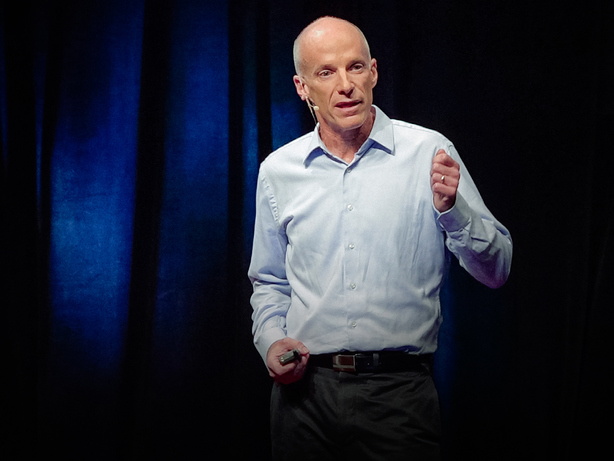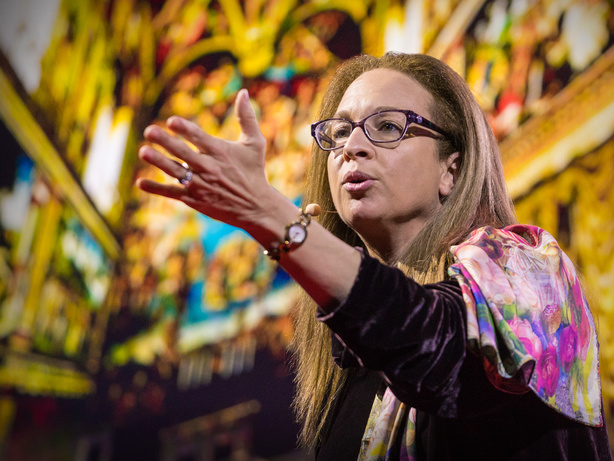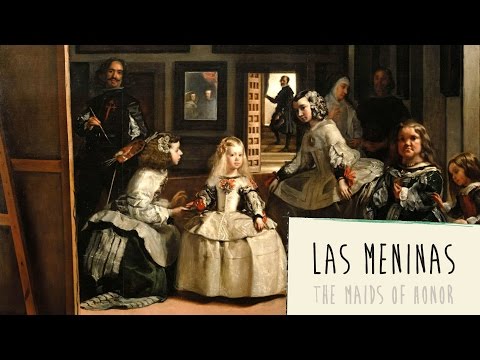Translating subtitles for TED
TED is a nonprofit organization that arranges conferences about various topics in more than 100 languages all over the world since 1984. Their mission is to spread great ideas and to spark conversation. The talks of about 10 to 20 minutes are held by scientists, academics, engineers or other experts.
More than 15,000 volunteers are translating the subtitles of these talks in several languages for the Open Translation Project, launched in 2009.
Enjoying the different kinds of talks and ideas, I wanted to be part of this team in order to contribute to share and spread interesting and valuable ideas. I like to watch the videos because they often inspire me and give me something to think about.
Translating the subtitles is enjoyable, but also contains a challenge, because there are some specific rules that are to be followed, for example:
- There is only a limited space for the text otherwise it becomes too difficult for the viewer to read the subtitles. However, German often has longer words or expressions than English, especially technical terms. Therefore, the text needs to be compressed while keeping the meaning.
- Some of the talkers speak very fast. In this case, there is even less time and space to translate the subtitles adequately. It is often necessary to reduce text to maintain a good reading speed.
- The German word order is different from the English one; the verb often stands at the end of a sentence. If a long sentence is divided over two or more subtitles, it might be difficult for German reader. If the word order is changed, the subtitles don’t correspond to what is being said.
- You may not split linguistic units, such as “a new sentence”, otherwise it is not pleasant to read. But then it may not fit in the first line. If split over two lines, there might not be enough space for the rest of the text. This requires a further reduction of the text.
- As with translations in general, it is important to always keep the style and the cultural meaning of what is being said.
To learn more about TED: https://www.ted.com/about/our-organization
To learn more about the Open Translation Project: https://www.ted.com/participate/translate
All rights of the photos are held by TED.
Links to TED talks subtitled by me

The good life
Psychiatrist Robert Waldinger is the director of a 75-year-old study about adult development. He shares 3 important lessons about a fulfilling and happy life.









